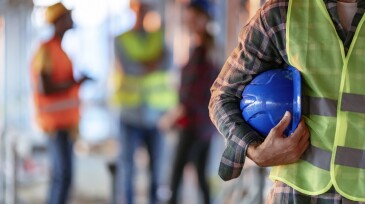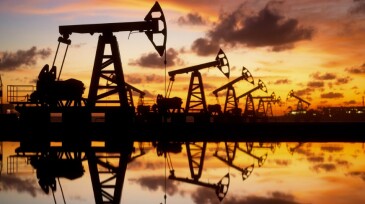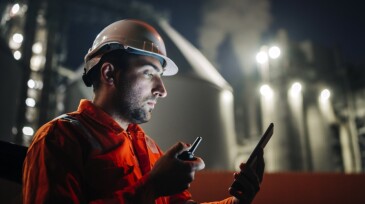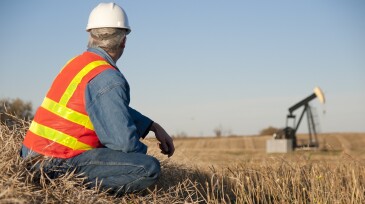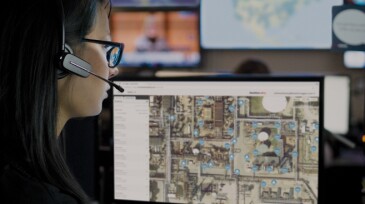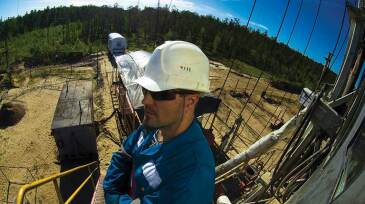Safety
This study ascertains the capital expenditure and operating expenditure associated with the reuse of existing facilities, specifically regarding a carbon capture and storage project being prepared in South Korea.
Sponsored
Advance your career with the new Pipeline Engineering Program at the Technical University of Leoben, a 5-month course combining on-campus and online learning, integrating industry expertise, engineering practice, and future-ready skills for professionals in oil, gas, and emerging energy systems.
A resilience-based approach to safety was the focus of a panel of experts at the 2025 SPE Annual Technical Conference and Exhibition in Houston.
-
A recently published study connects risky driving to long work hours, lengthy commutes, and insufficient sleep.
-
Ryan Sloan, safety manager for Birchcliff Energy, explains how two separate tragedies spur him on to change the way workers think.
-
Enhanced solutions take detection of hazardous, toxic gas to the next level.
-
A panel discussion at Canada’s Safest Employers Awards centered on climate change as one of the top risk factors safety experts need to prepare for as they help guide their organizations into an uncertain future.
-
Data from Sphera’s latest Safety Report reveals a persistent gap between the intent and reality of process safety management, while environmental, social, and governance concerns are a growing consideration for process-safety management and operational-risk management professionals.
-
In this SPE Live, recorded at SPE’s Annual Technical Conference and Exhibition, HSES Technical Director Sue Staley talks with Norman Ritchie, director at vPSI Group, about the industry transitioning to learning before accidents occur.
-
The device allows for increased worker safety by monitoring surroundings and connecting to managers in real time.
-
The project would evaluate oil and gas extraction workers’ sleep, fatigue, and other related factors, as well as their relationship to industry-associated risks.
-
Proposed revisions to 2019 Well Control Rule aim to bolster safe and environmentally responsible energy operations.
-
Many leaders commit to the aspiration of no harm to people, but they may need help on the substance and actions that will make a difference. The authors share their insights gained from decades of robust experience in safety culture and performance improvement and where it succeeds or fails.





